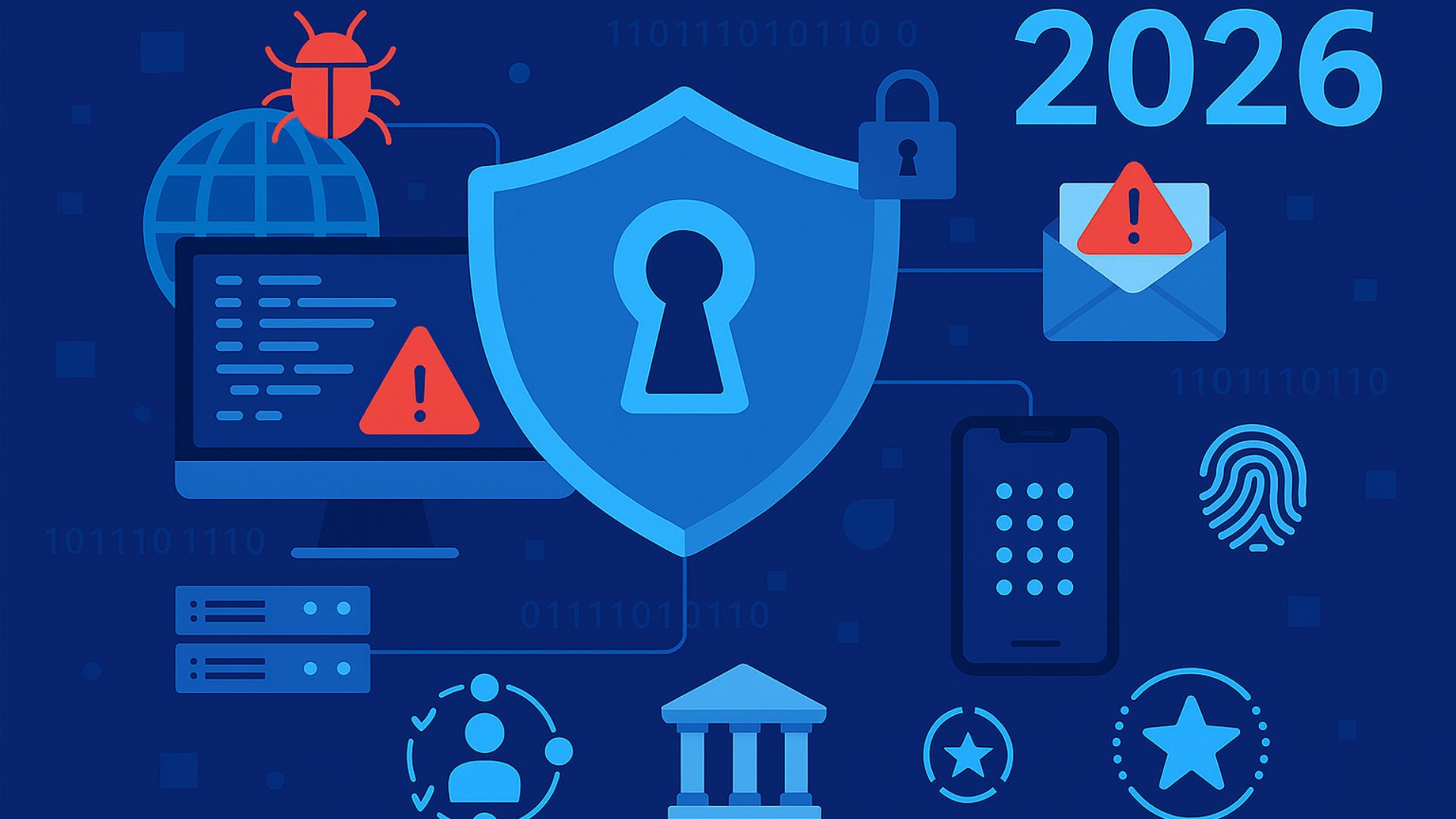GUESS WHAT? Digital transformation in healthcare happened in March 2020. At least that’s how it feels to many in an industry where medical innovation has been fast but IT adoption notoriously slow–until COVID left no other option.
Other industry changes had already laid some groundwork. For instance, a shift from fee-for-service to value-based care—improving quality while reducing costs—prompted spending on remote health technologies that accelerated in 2020, according to technology research firm IDC. Then the COVID triple threat of increased demand, decreased access, and mandatory distancing put healthcare IT front and center, a position channel pros can expect it to hold for a while.
For the foreseeable future, five issues will be top of mind for healthcare organizations: reaching patients, reaching each other, and security, security, security.
First, hospitals and medical professionals will want help to ensure telehealth communications are as accessible and enjoyable as possible, helping to foster “”customers for life”” who refer friends and family. In 2020, “”there was somewhere around one billion telehealth interactions between patients and providers,”” says Mike Machulsky, executive vice president of strategic partnerships at Pixel Health, a healthcare technology and consulting company in Holyoke, Mass. The well-executed ones produced both better care and patient loyalty.
Second, like many industries during the pandemic, healthcare administrators and medical researchers are working and collaborating off-site, often from home. “”Some organizations used eight to 10 telehealth contracts with different groups,”” says Barbara Casey, CEO of Nectar Strategic Consulting, a Pixel Health company. Now they need help figuring out effective virtual health strategies across their organizations moving forward.
Finally, remote work and care significantly increase the threat footprint. With privacy and regulatory compliance hugely important, there’s little room for error. A successful integrator will have to show deep understanding of security dangers and demonstrate the ability to mitigate risks. The good news, though, is that healthcare organizations have money allocated for security.
“”The number one protected budget, the one always on top, always consistent, never got touched, was security,”” says Mike Riley, U.S. vice president of healthcare and GovEd at Logicalis, an international MSP headquartered in New York.
Navigating the Culture
Channel pros new to healthcare IT need to recognize that decisions aren’t made by traditional IT departments, according to Riley. Innovation usually happens on the clinical side of the business; the drive for a new platform will often come from doctors, not technical staff.
MSPs will also have to navigate cultures that hampered digital adoption long before COVID. “”The hardest part about this transition is the people,”” says Casey. “”It’s either the mindsets or the change management they need to go through.””
She says needed digital change might require reorganizing longstanding structures. “”There’s a ton of complexity in this industry, but there are a lot of old paradigms that need to shift in order for the transformation to take place more rapidly.””
Riley said Logicalis underwent its own cultural shift when engineers suddenly couldn’t reach on-site hardware. Developing a solution required “”getting into the mindset of the sales and delivery organization to say we can accomplish this, we don’t need to be in the building.”” In turn, he believes quickly developing remote services created some of the biggest value for Logicalis healthcare customers.
Identifying Technologies in Demand
Several technologies have become critical to healthcare, says Lynne Dunbrack, group vice president for public sector at IDC. These include remote health monitoring, wearables, patient mobile apps, connected medical devices, IoT or IoMT (Internet of Medical Things), videoconferencing, clinical collaboration, and unified communications.
Telehealth solutions are needed most, and regulation changes will likely foster widespread adoption. The U.S. Department of Health waived strict HIPAA privacy rules for pandemic telehealth, allowing the use of consumer and business products. Plus, telehealth reimbursements could soon be on par with in-person visits, which will likely boost adoption, says Dunbrack.
On the back end, cloud adoption also made gains. Reduced IT budgets, software applications at end-of-life, and data growing beyond the capacity of existing systems are the top three catalysts driving the use of cloud services, according to a 2020 report by IDC.
IDC found that providers wary of the privacy and security implications of migrating sensitive workloads to a public cloud prefer private clouds managed on-premises by in-house IT staff. In contrast, payers (industry jargon for insurers) are more willing to use public clouds deployed via SaaS and IaaS. Some organizations favor hybrid clouds to keep protected health information in a private environment while taking advantage of public cloud processing and storage elasticity for other workloads.
Needs Driving Use Cases
Flowing through nearly all these solutions are the promises and perils of the vast amount of data they generate. It’s a treasure trove for clinicians, administrators, and payers, but aggregating and integrating it can be difficult.
“”Where is all of this data going, and how do we glean insight from it? What’s the next best action we should be making based on this data?”” are questions Dunbrack says larger hospital systems and payers are asking.
In addition, hospitals now must be ready to quickly expand in every way, triggering a host of IT problems. For example, Logicalis set up a 1,000-bed COVID surge hospital in a building its client didn’t even own using technologies from hardware to wireless. Riley also expects more calls from smaller clinical settings and at-home care providers. What’s more, population health managers will rely on healthcare IT to track outbreaks, vaccinations, and immunity.
Keep in mind, remote services might be administered through payers. Use cases also include community relations, physician practice groups, and assisted living and long-term care facilities, says Dunbrack. Additionally, virtual adoption skyrocketed in behavioral health last year—likely a permanent change, she says.
Machulsky sees big opportunities in security, business continuity practices, and supply chain resilience. Additionally, new partnerships and “”coopetition”” among like-minded hospitals and health systems are creating new technology needs. For example, Pixel Health has begun helping some customers jointly provide services, build data centers, and procure vendors.
Supplying even basic IT services helps many hospital systems that now want their best people innovating in the digital space and redesigning healthcare delivery. That opens the door for providers of remote desktop, help desk, and infrastructure support, says Casey.
Getting Started
To get up to speed, channel pros can find resources from the Healthcare Information and Management Systems Society (HIMSS) and the College of Healthcare Information Management Executives (CHIME).
Casey recommends starting slowly by targeting one entry point, such as virtual experiences, “”and eat the elephant one bite at a time.” Sometimes a system simply needs to be made more user-friendly. She also recommends MSPs “”do some secret shopping”” to see if process engineering and workflows function the way they’re supposed to.
Machulsky suggests a simple but unconventional way to broach the health IT conversation: a nice note.
“”When you have to get your thoughts on paper and tell a customer what you see and how you can help them change, even starting with something as simple as a letter to one of your sponsors or long-time buyers is great advice.””
He points to the poet Lord Byron’s quote, “”Letter writing is the only device combining solitude with good company.””
That sounds like the perfect device for integrators doing business in the COVID era.
Image: iStock
















